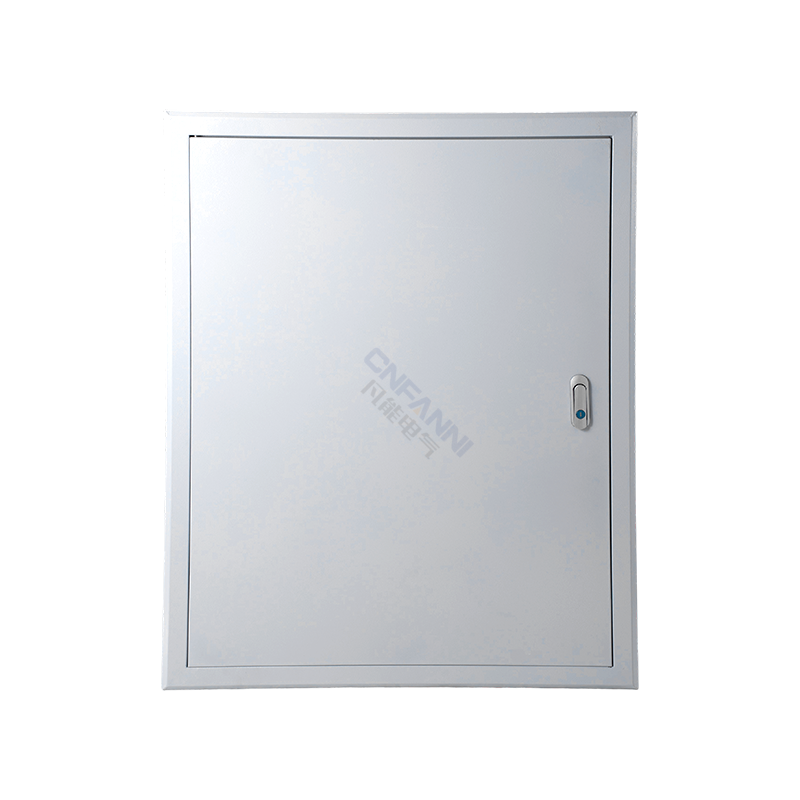The LV Switchboard remains a critical component in industrial and commercial power distribution. Factory operations around the globe are increasingly focused on optimising production efficiency, material usage, and quality control to meet rising demand. In 2024, the global market for low-voltage switchboards reached roughly USD 7.8 billion, reflecting the growing need for reliable electrical distribution solutions in manufacturing plants and infrastructure projects.

LV Switchboard Factory Capacity and Production Efficiency
Factories producing LV Switchboards face constant challenges in balancing throughput and precision. For instance, a standard production line can manufacture 100 to 120 units per month, depending on automation levels and workforce availability. Compared to peers, some factories achieve 15–20% higher efficiency by integrating modular assembly stations. Factory managers often ask: can our production meet increasing industrial demand without compromising safety and compliance? Continuous training of operators and cross-functional teams further improves assembly speed while maintaining high accuracy.
LV Switchboard Material Management and Cost Optimization
Material selection plays a major role in both cost and performance. Steel, aluminium, and copper are the primary components for LV Switchboards, and fluctuations in raw material availability can impact production schedules. In some cases, a 10–12% increase in material cost directly affects monthly output if stock is insufficient. Efficient factories adopt strategic inventory planning and supplier partnerships to maintain uninterrupted production. From a factory standpoint, the question is: how can we minimise downtime while controlling material expenses? Some plants introduce predictive analytics to forecast material shortages and adjust production sequences, ensuring smoother workflow.
LV Switchboard Manufacturing Trends: Automation and Digital Controls
Automation is shaping modern LV Switchboard production. Factories increasingly implement robotic assembly for repetitive tasks, while digital monitoring systems track operational performance in real-time. Automation reduces assembly time by 20–30% and enhances test consistency for electrical load, insulation resistance, and short-circuit tolerance. Remote monitoring platforms also allow factory supervisors to track line performance and identify bottlenecks quickly.
LV Switchboard Quality Assurance and Testing
Quality remains the cornerstone of LV Switchboard manufacturing. Factory testing includes short-circuit withstand, temperature rise, and insulation performance to ensure compliance with industry standards. Efficient factories schedule testing to match production rates, often achieving 90–95% on-time testing completion. Compared with other factories, those with advanced testing protocols see fewer returns or service calls, strengthening their reputation and reliability in the market.
LV Switchboard Factory Innovation and Sustainability
Innovation in LV Switchboard factories is not limited to production speed. Sustainable manufacturing practices, such as optimising energy usage, recycling scrap metal, and adopting environmentally friendly coatings, are increasingly part of factory strategy. Factories implementing these approaches reduce waste by up to 15% and lower operational costs. Managers often consider: how can sustainability efforts align with efficiency goals without reducing output? Some factories explore modular designs and adaptive layouts, which allow lines to shift between product variants without major downtime.
In conclusion, LV Switchboard manufacturing continues to evolve with market demand, material challenges, and technological advancements. Factories that optimise production efficiency, implement automation, and maintain rigorous quality control will remain competitive. Attention to LV Switchboard innovation from a factory perspective ensures reliable power distribution and long-term industrial growth.

 English
English русский
русский عربى
عربى








